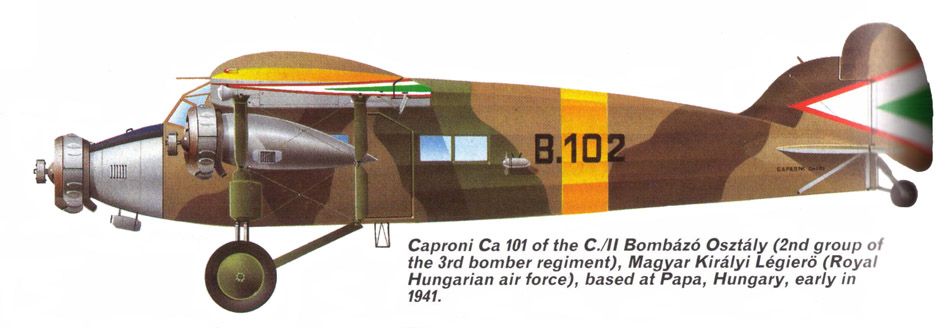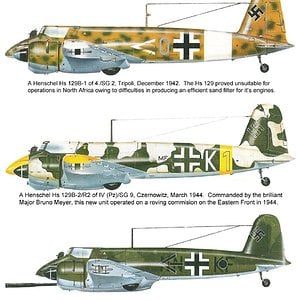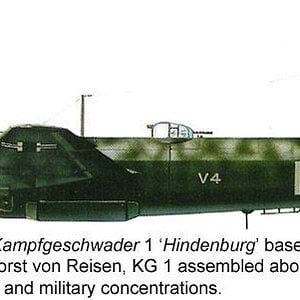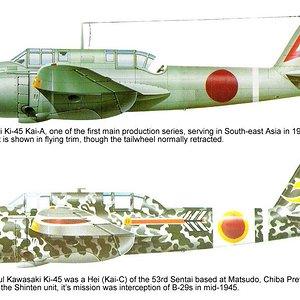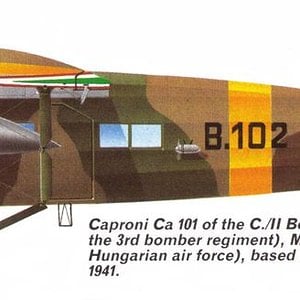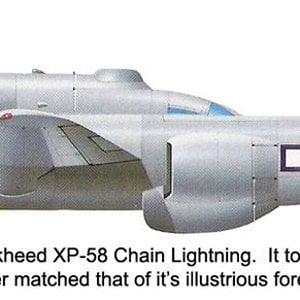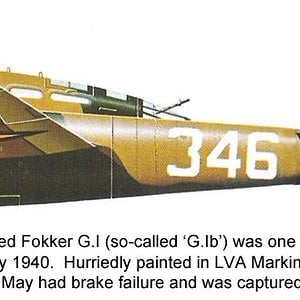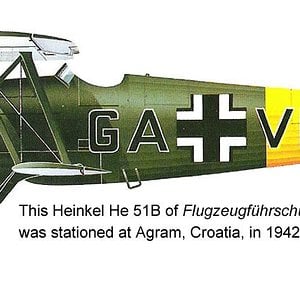Navigation
Install the app
How to install the app on iOS
Follow along with the video below to see how to install our site as a web app on your home screen.
Note: This feature may not be available in some browsers.
More options
You are using an out of date browser. It may not display this or other websites correctly.
You should upgrade or use an alternative browser.
You should upgrade or use an alternative browser.
Initially planned as a civil airliner, the Caproni Ca.101 was soon converted to the bomber/transport role. The aircraft was a typical 1920's design. It had three engines, one in the nose and one under each wing, high wings and a fixed undercarriage. The fuselage, of quadrangular cross-section, was made of steel tubes covered with fabric, as were the wings and tail. The floor was made of wood.
A variety of engines were used, sometimes with a composite layout: Piaggio P.VII (276 kW/370 hp), Alfa Romeo Jupiter (313 kW/420 hp), and other models of 179 kW (240 hp) and 201 kW (270 hp).
Exports of the Ca.101 were made to Australia, China and Paraguay. Hungary bought 20 aircraft.
Info: wikipedia
Profile: Zulloweb
http://www.zulloweb.org/photo/aviation/RA_AMI/index_4.html
A variety of engines were used, sometimes with a composite layout: Piaggio P.VII (276 kW/370 hp), Alfa Romeo Jupiter (313 kW/420 hp), and other models of 179 kW (240 hp) and 201 kW (270 hp).
Exports of the Ca.101 were made to Australia, China and Paraguay. Hungary bought 20 aircraft.
Info: wikipedia
Profile: Zulloweb
http://www.zulloweb.org/photo/aviation/RA_AMI/index_4.html

